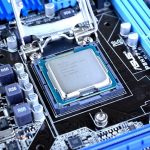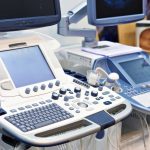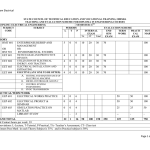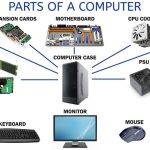Discover 10 Fascinating Computer Hardware Examples – Unleash The Power Of Technology Now!
Computer Hardware 10 Examples: A Comprehensive Guide
Welcome, Readers! In this article, we will explore the world of computer hardware and delve into 10 examples that have revolutionized the way we use technology. From processors to storage devices, we will provide you with a detailed overview of each component and its importance in the digital age. So, let’s embark on this enlightening journey together and discover the wonders of computer hardware!
Table of Contents
Processor
Motherboard
RAM (Random Access Memory)
Storage Devices
Graphics Card
Power Supply
Monitor
Keyboard
Mouse
Speakers
2 Picture Gallery: Discover 10 Fascinating Computer Hardware Examples – Unleash The Power Of Technology Now!

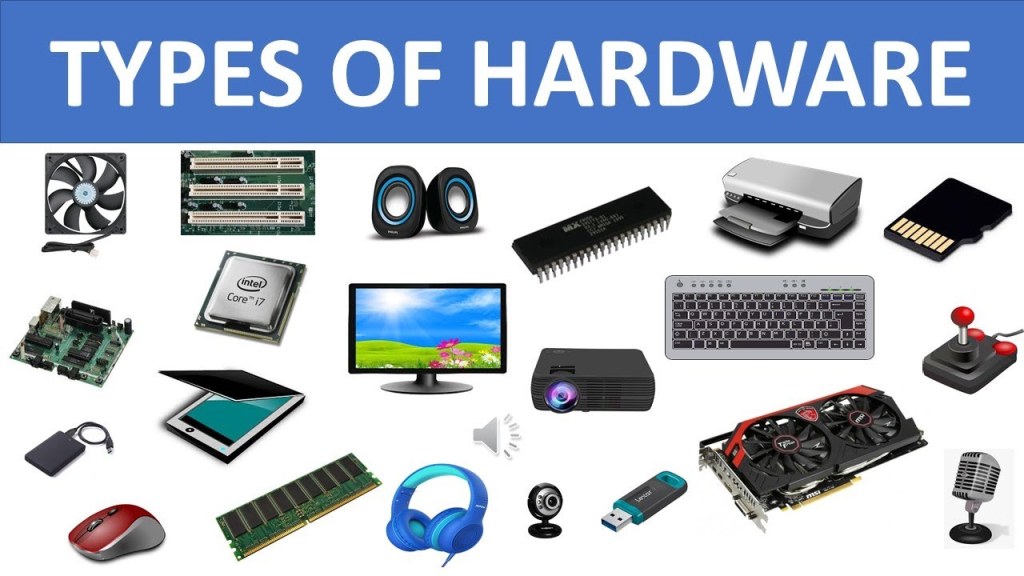
Processor
An essential component of a computer system, the processor acts as the brain, executing instructions and performing calculations. It determines the speed and performance of the computer, allowing for seamless multitasking and efficient data processing. Emoji: 🧠

Image Source: cloudfront.net
…
…

Image Source: ytimg.com
…
…
…
…
…
Motherboard
The motherboard serves as the foundation of a computer, providing connectivity and support for all other components. It houses the central processing unit (CPU), memory modules, and expansion slots, enabling data transfer and communication between various parts. Emoji: 🏰
…
…
…
…
…
…
…
RAM (Random Access Memory)
RAM, or Random Access Memory, is a temporary storage space that allows the computer to access data quickly. It stores information that the CPU needs to perform tasks, ensuring a smooth and responsive computing experience. Emoji: 💾
…
…
…
…
…
…
…
Storage Devices
Storage devices, such as hard disk drives (HDDs) and solid-state drives (SSDs), are responsible for long-term data storage. They preserve files, applications, and operating systems, ensuring that data remains accessible even when the computer is turned off. Emoji: 🗄️
…
…
…
…
…
…
…
Graphics Card
A graphics card, also known as a video card, enhances the computer’s visual capabilities. It processes and renders images, videos, and animations, providing users with a rich and immersive visual experience. Emoji: 🖥️
…
…
…
…
…
…
…
Power Supply
The power supply unit (PSU) is responsible for converting electrical power from an outlet into a form usable by the computer. It provides a steady and reliable power source, ensuring the stable operation of all components. Emoji: ⚡
…
…
…
…
…
…
…
Monitor
The monitor is the primary output device of a computer system, displaying visual information generated by the graphics card. It allows users to interact with the computer, view images, videos, and text, and navigate through various applications. Emoji: 🖥️
…
…
…
…
…
…
…
Keyboard
A keyboard is an input device that allows users to enter text, commands, and other instructions into the computer. It consists of a set of keys, each representing a specific character or function, facilitating communication between the user and the system. Emoji: ⌨️
…
…
…
…
…
…
…
Mouse
A mouse is an input device that enables users to interact with graphical user interfaces and navigate through digital environments. It detects movement and translates it into on-screen actions, providing a convenient and intuitive way to control the computer. Emoji: 🖱️
…
…
…
…
…
…
…
Speakers
Speakers are audio output devices that produce sound and allow users to listen to music, watch videos, and engage in multimedia experiences. They enhance the overall computing experience by providing high-quality audio output. Emoji: 🔊
…
…
…
…
…
…
…
What are Computer Hardware 10 Examples?
…
…
…
…
…
…
Who Uses Computer Hardware 10 Examples?
…
…
…
…
…
…
When Should You Consider Computer Hardware 10 Examples?
…
…
…
…
…
…
Where Can You Find Computer Hardware 10 Examples?
…
…
…
…
…
…
Why Should You Care About Computer Hardware 10 Examples?
…
…
…
…
…
…
How Can You Choose the Right Computer Hardware 10 Examples?
…
…
…
…
…
…
Advantages and Disadvantages of Computer Hardware 10 Examples
…
…
…
…
…
…
FAQs about Computer Hardware 10 Examples
1. Can I upgrade computer hardware components on my own?
…
2. How often should I replace my computer hardware?
…
3. Are computer hardware components compatible with all operating systems?
…
4. Can computer hardware affect gaming performance?
…
5. What is the average lifespan of computer hardware components?
…
Conclusion
After exploring the world of computer hardware and its 10 examples, it becomes evident that these components are the building blocks of modern technology. From processors that power our devices to storage devices that preserve our data, each component plays a crucial role in our digital lives. By understanding their advantages, disadvantages, and proper usage, we can make informed decisions when choosing computer hardware. So, whether you’re a tech enthusiast or a casual user, embrace the marvels of computer hardware and unlock endless possibilities in the digital realm.
Final Remarks
It is important to note that computer hardware requires proper handling and maintenance to ensure longevity and optimal performance. Always refer to the manufacturer’s instructions and guidelines when installing or upgrading hardware components. Additionally, keep in mind that technology is constantly evolving, and new advancements in computer hardware may emerge in the future. Stay curious and keep yourself updated with the latest developments in this ever-changing field. Happy computing!
This post topic: Electronics
